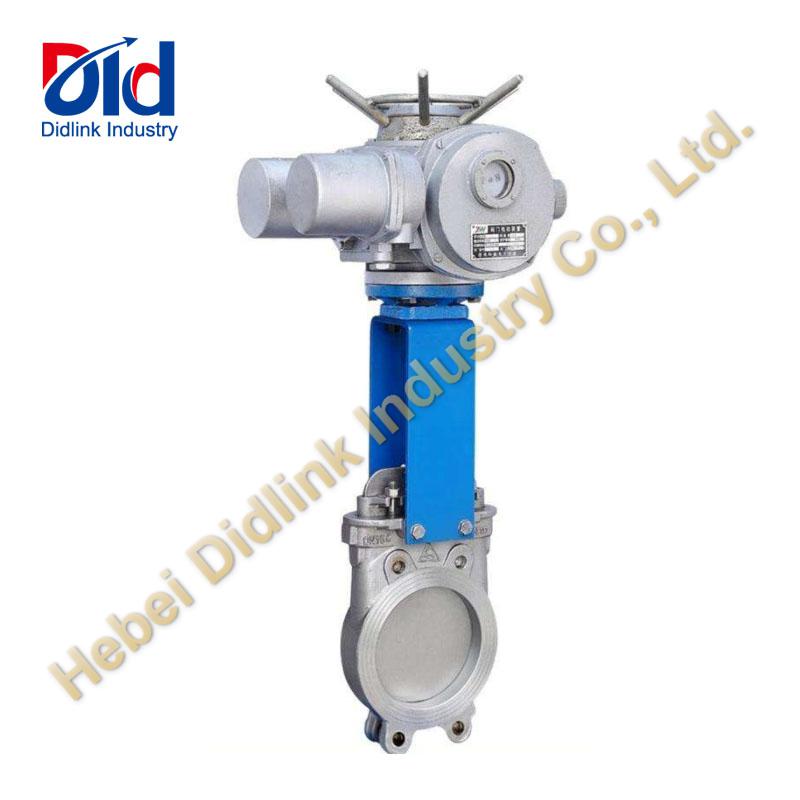Valve selection basis and selection guide.

There are more and more valves on the market, the types of valves are particularly complicated, and the structures and materials are also different. The selection of valves is crucial to the long-term operation of the device under working conditions. Improper selection of valves and users' ignorance of valves are the source of accidents and safety threats.
There are generally two types of valve characteristics, service characteristics and structural characteristics.
Use characteristics: It determines the main performance and scope of the valve. The characteristics of the valve are: the type of valve (closed circuit valve, regulating valve, safety valve, etc.); product type (gate valve, globe valve, butterfly valve, ball valve, etc.) ; The material of the main parts of the valve (valve body, bonnet, stem, disc, sealing surface); valve transmission mode, etc.
Structural characteristics: It determines the structural characteristics of the valve installation, repair, maintenance and other methods. The structural characteristics are: the structural length and overall height of the valve, the connection form with the pipeline (flange connection, thread connection, clamp connection, External thread connection, welding end connection, etc.); the form of the sealing surface (insert ring, thread ring, surfacing, spray welding, valve body); valve stem structure (rotating rod, lifting rod), etc.
Valve selection steps:
1. Clarify the purpose of the valve in the equipment or device, and determine the working conditions of the valve: applicable medium, working pressure, working temperature, etc.
2. Determine the nominal diameter and connection method of the pipeline connected to the valve: flange, thread, welding, clamping sleeve, quick assembly, etc.
3. Determine the way to operate the valve: manual, electric, electromagnetic, pneumatic or hydraulic, electric linkage or electro-hydraulic linkage, etc.
4. According to the medium, working pressure and working temperature conveyed by the pipeline, select the materials of the housing and inner parts of the valve: gray cast iron, malleable cast iron, ductile iron, carbon steel, alloy steel, stainless acid-resistant steel, copper alloy, etc.
5 Choose the type of valve: closed circuit valve, regulating valve, safety valve, etc.
6. Determine the type of valve: gate valve, globe valve, ball valve, butterfly valve, throttle valve, safety valve, pressure reducing valve, steam trap, etc.
7. Determine the parameters of the valve: For automatic valves, determine the allowable flow resistance, discharge capacity, back pressure, etc. according to different needs, and then determine the nominal diameter of the pipeline and the diameter of the valve seat hole.
8. Determine the geometric parameters of the selected valve: structural length, flange connection form and size, the size of the valve height direction after opening and closing, the size and number of bolt holes connected, the overall valve size, etc.
9. Use existing data: valve product catalogs, valve product samples, etc. to select appropriate valve products.
Valve selection basis:
1. The purpose, operating conditions and operation control method of the selected valve.
2. The nature of the working medium: working pressure, working temperature, corrosion performance, whether it contains solid particles, whether the medium is toxic, whether it is a flammable or explosive medium, the viscosity of the medium, etc.
3. Requirements for valve fluid characteristics: flow resistance, discharge capacity, flow characteristics, sealing level, etc.
4. Installation size and external size requirements: nominal diameter, connection method and connection size with pipeline, external size or weight limitation, etc.
5. Additional requirements for the reliability, service life and explosion-proof performance of electric devices. (Attention should be paid when selecting parameters: if the valve is to be used for control purposes, the following additional parameters must be determined: operating method, maximum and minimum flow requirements, pressure drop for normal flow, pressure drop at closing, maximum and minimum inlet of the valve Pressure.)
According to the above-mentioned basis and steps for valve selection, when selecting valves reasonably and correctly, the internal structure of various types of valves must be understood in detail, so that the preferred choice of valve can be made. The ultimate control of the pipeline is the valve. The valve opening / closing part controls the flow mode of the medium in the pipeline. The shape of the valve flow channel makes the valve have certain flow characteristics. This must be taken into consideration when selecting the most suitable valve for the pipeline system.

 JACKY
JACKY